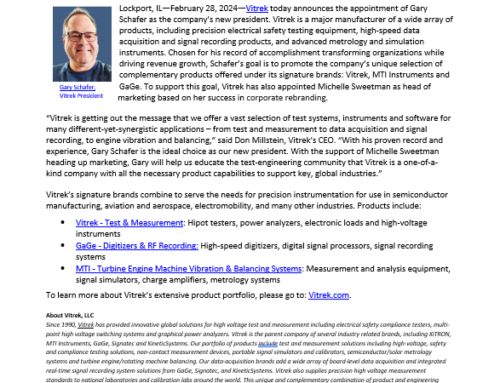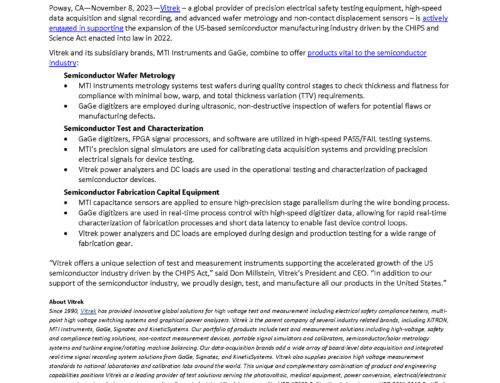 EV batteries need to cost less and last longer. Until the e-mobility industry solves these challenges, electric vehicle (EV) adoption won’t match the hype that’s driven by Tesla, the established automakers, and a host of startups who are attracting investors. According to Axios, the expense of owning an electric vehicle will exceed that of owning a conventional one until EV batteries cost less than $100/KWh to produce. Unfortunately, the EV industry isn’t expected to hit that target for another ten years.
EV batteries need to cost less and last longer. Until the e-mobility industry solves these challenges, electric vehicle (EV) adoption won’t match the hype that’s driven by Tesla, the established automakers, and a host of startups who are attracting investors. According to Axios, the expense of owning an electric vehicle will exceed that of owning a conventional one until EV batteries cost less than $100/KWh to produce. Unfortunately, the EV industry isn’t expected to hit that target for another ten years.
Yet, there is some encouraging news. Less expensive and better performing EV batteries are just a few years away. Moreover, the adoption of these batteries is expected to cause EV sales to soar long before 2030. While Elon Musk hints that greater gains in energy density are closer than ever, other industry players are also promoting advances. From General Motors’ lower-cost Ultium batteries to Volkswagen’s introduction of an affordable electric SUV, 2020 has been a good year for the electric vehicle.
EV Batteries and Thickness Gauging
One of the ways that battery manufacturers can reduce costs and improve performance is through better thickness gauging. To understand why, consider that lithium-ion batteries (Li-ion) contain metal plates with lithium compounds. The cathode uses a copper plate and the anode uses an aluminum plate. A dielectric separator between the plates provides electrical insulation. Although this thin layer is made of relatively inexpensive materials, its importance is significant.
If a dielectric separator is too thick, battery performance can suffer. Excessive dielectric thickness can even require scrapping the entire EV battery, including the expensive cathode. That’s because during battery manufacturing, the plates and the dielectric separator are calendared together. The resulting sandwich-style structure needs to fit inside the battery compartment, a limited space in a demanding environment.
How to Measure Battery Plate Thickness
In a recent application note, MTI Instruments of Albany, New York (USA) explains how capacitive sensing holds the key to measuring EV battery plate thickness with nanometer accuracy and stability. MTI is working with a number of EV battery manufacturers to configure and test for their specific environments MTI’s proprietary Digital Accumeasure system, along with dielectric sensing probes to monitor the thickness of the separator and in turn, help quality control departments monitor EV battery construction.
The dielectric separator isn’t the most expensive part of an EV battery but failing to measure its thickness with a high degree of precision can have costly consequences. If you’re an EV battery manufacturer that’s looking for ways to reduce costs and improve performance, have you considered the important of fast, accurate thickness gauging? To discuss your application, contact MTI Instruments.


